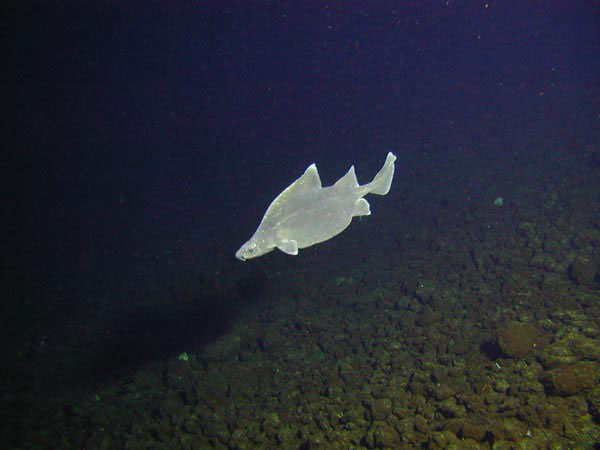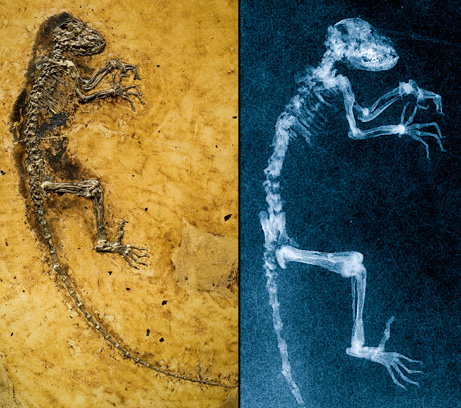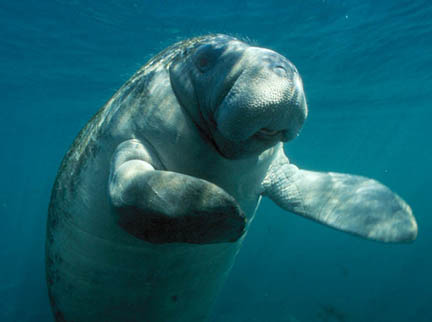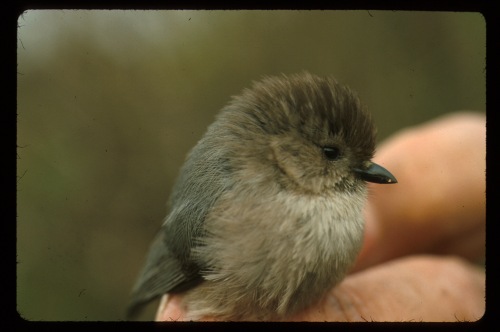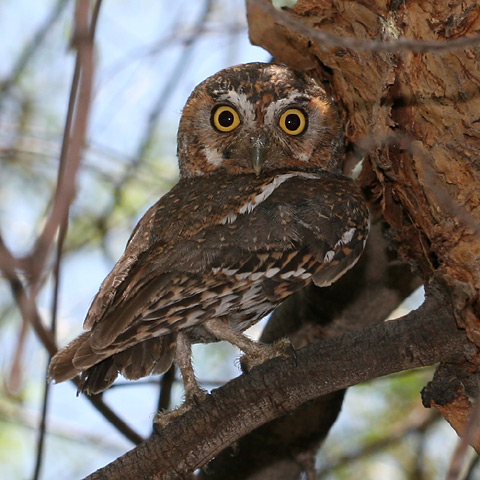The California Academy of Sciences has long been beloved by the author of BV, figuring in her elementary school field trips, and, more recently, looming large in her consciousness as an example of stunning sustainable architecture. And a friend is employed there, I am proud to say, as a plant taxonomist– though, traitorous wench that she is, she will soon be abandoning us all to pursue a PhD in Chemistry on the east coast.
Pah. stupid PhD in chemistry. Stupid east coast.
In any case, If you would like to see an exact cast of Ida, the Darwinius masillae that is a distant cousin of all of us today, you can do it at this exhibit. You can also learn about extreme adaptations (neat!) , reproduction (wink wink, nudge nudge) , and extinction (boo!).
Personally, the author of BV is excited to learn that the state fossil of California, Smilodon Fatalis, will be on display. She is also not a little bemused to discover that california *has* a state fossil.
which led the author on a rather amusing little digression into internet research-land, where she discovered the following:
California has the expected emblems, that is, a state…
BIRD: California Valley Quail
ANIMAL: California Grizzly Bear
TREE: California Redwood
as well as a
song
seal
motto
colors
nickname
flower
and flag (social studies history reports come flooding back to some of us)
But is also has a state…
FOSSIL: Smilodon Fatalis (sabertooth tiger, see above)
INSECT: California dog-face Butterfly (well, it’s mother thinks it’s beautiful)
FISH: California Golden Trout
MARINE FISH: Garibaldi
MARINE MAMMAL: California Grey whale
REPTILE: the Desert Tortoise
not to mention:
gemstone
Gold Rush ghost town
Silver rush ghost town
grass
military museum
mineral
Fife and drum band (very cool)
Prehistoric artifact
rock
soil (SOIL!?!?! we have an official SOIL. inconceivable)
tall ship
tartan
and theater.
And a poet laureate to write about all of ’em. (Which she doesn’t, at present. She seems to write a lot about love and death and architecture. But that’s a snap judgement)
Seriously. Don’t believe me about the soil? look here. And expect a California series on BV in the near future.
sick of my rambling and want to read more about the exhibit? Read the articles from SFGATE and/or SFAppeal.


